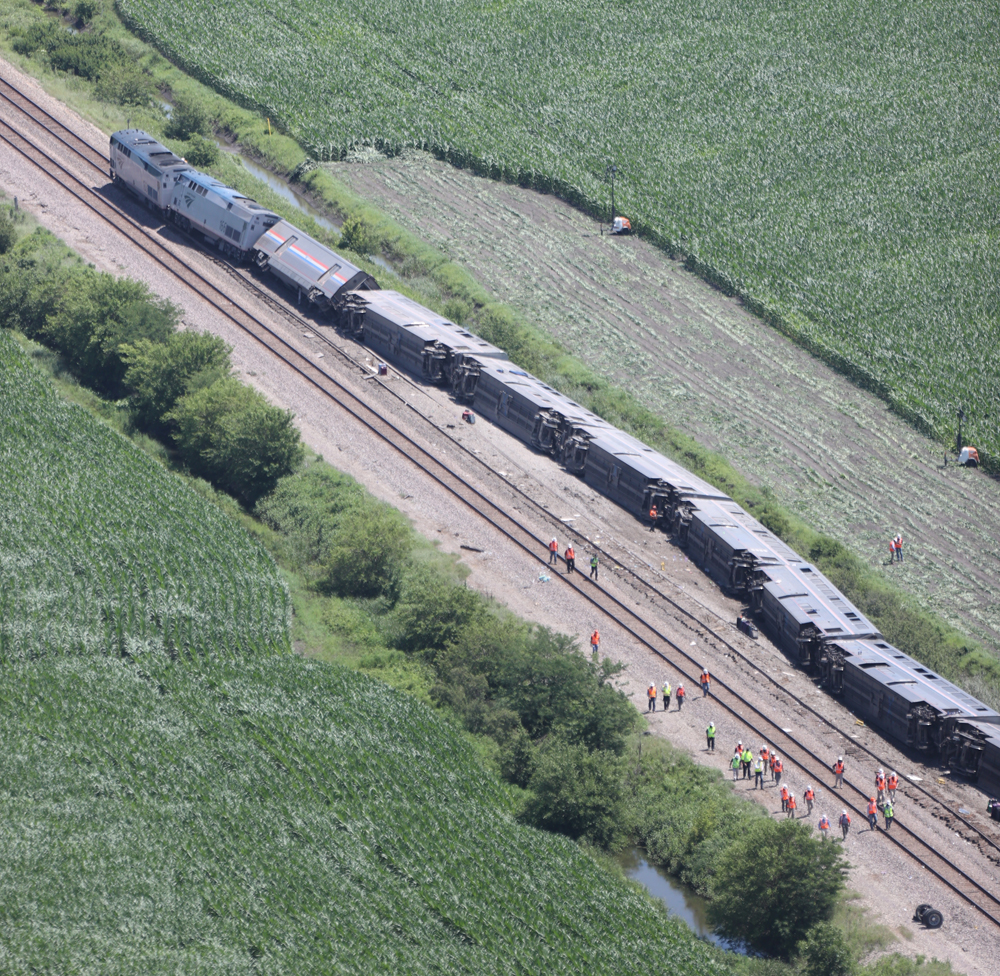
Lawsuits continue to mount in the wake of the fatal June 27 grade crossing collision and derailment of Amtrak’s Southwest Chief, with suits filed Friday on behalf of five passengers and two Amtrak crew members.
Meanwhile, the Kansas City Star reports that, while the crossing where the accident occurred was on a state list of sites needing improvement, BNSF Railway had never been contacted about the location by the Missouri Department of Transportation. A railroad spokeswoman said such communication was crucial to addressing the issue.
Four people were killed and about 150 were transported to hospitals for treatment after the train hit a dump truck and derailed at an unprotected grade crossing for a gravel road near Mendon, Mo.
A St. Louis firm, Schlichter, Bogard and Denton, announced it had filed suit on behalf of four passengers and two crew members, alleging Amtrak, BNSF, and trucking company MS Contracting — owner of the truck that was hit by the train — are responsible for the accident. Lawyer Jerry Schlicter said in a press release that the collision and derailment were “a tragedy that never would have happened, if the railroads had acted on warnings they had for years” regarding the grade crossing.
The firm is representing four passengers from Kansas — Allen Gallaway of Andover, Kimberly Howard of Lawrence, Noel Lucero of Wichita, and Sherri Schwanz of Lansing — and Amtrak conductors Brian Marra and Chris Marzullo, both of Chicago.
Also, the Associated Press reports Janet Williams of Dubuque, Iowa, named Amtrak, BNSF, and MS Contracting in a federal lawsuit filed Friday. Williams suit alleges negligence in the design of the grade crossing near Mendon, Mo., where the accident occurred, and says an overcrowded train led to “cattle car conditions.” William’ suit says she sustained “significant and life-altering injuries.”
WDAF-TV reports the Williams lawsuit claims Amtrak intentionally overcrowded the train to avoid giving refunds, and that the company allowed an excessive amount of baggage to be brought on board: “Amtrak allowed so much luggage to be brought onto the train that the designated luggage car could not hold it all, and Amtrak placed excess luggage in the passenger car lounges.” The suit says Williams suffered injuries to her neck, back, and hip, as well as cuts and bruises.
Amtrak and BNSF filed suit against the truck owner last week, while the wife of the truck driver, one of those killed in the wreck, is suing a BNSF employee and the county where the accident occurred [see “Amtrak and BNSF, widow of truck driver file suits …,” Trains News Wire, July 1, 2022]. A Chicago law firm has also said it will be filing suits on behalf of injured passengers [see “Southwest Chief was traveling at 87 mph …,” News Wire, June 29, 2022].
The Kansas City Star report quotes BNSF’s Lena Kent as saying “we have never been contacted over this crossing to work on a diagnostic review,” which she called “a critical step” in making improvements: “You can’t just, you know, have somebody out there say, ‘Hey, I think we need gates,’ and the next day we show up with some gates. … You have to go through that process.”
A Missouri DOT spokeswoman confirmed that while the railroad was told the crossing at Porche Prairie Avenue was on its priority list, the agency had not contacted BNSF to conduct a review. And once that review takes place, it can take “a couple of years” to do the planning necessary to add crossing gates and lights, MoDOT’s Linda Wilson Horn said.
— Updated on July 8 with additional details from Williams lawsuit.






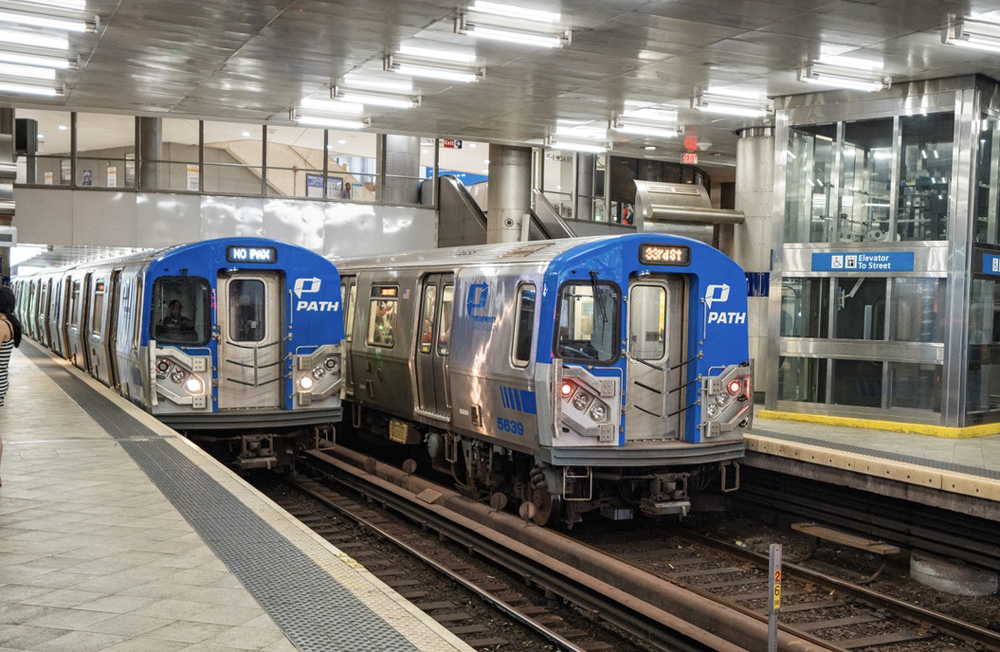
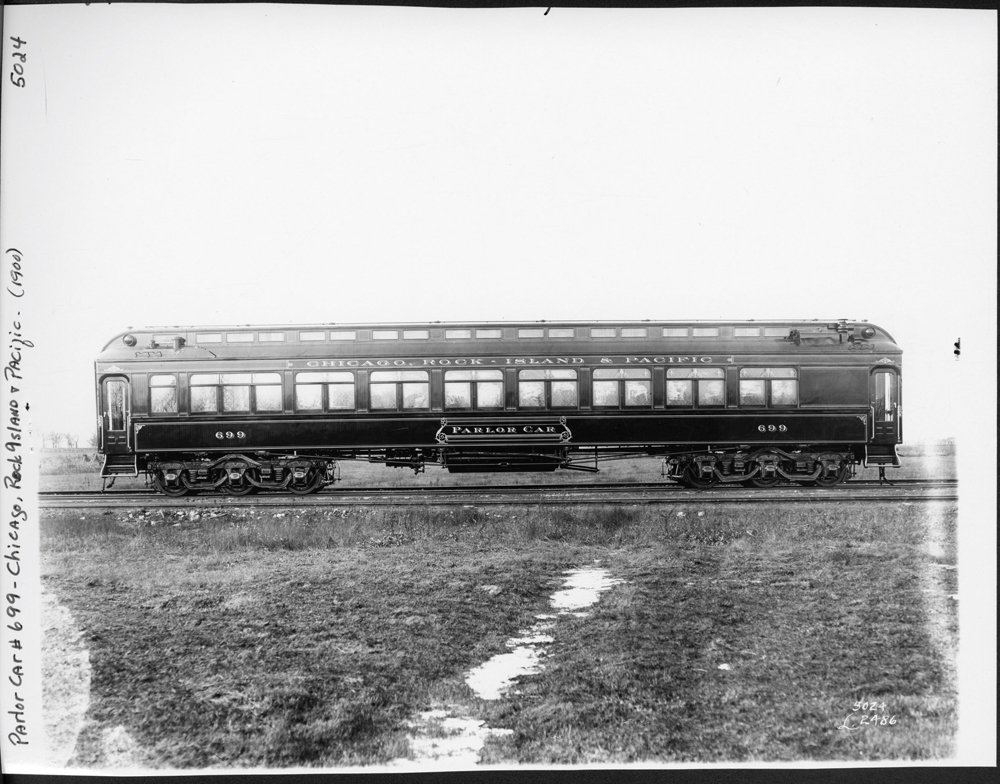
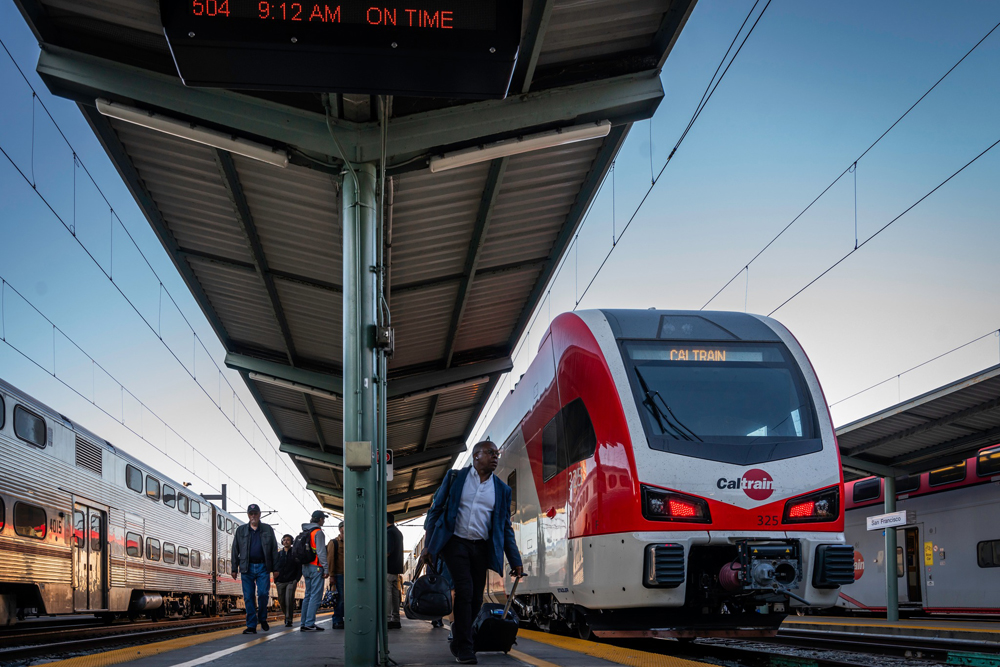
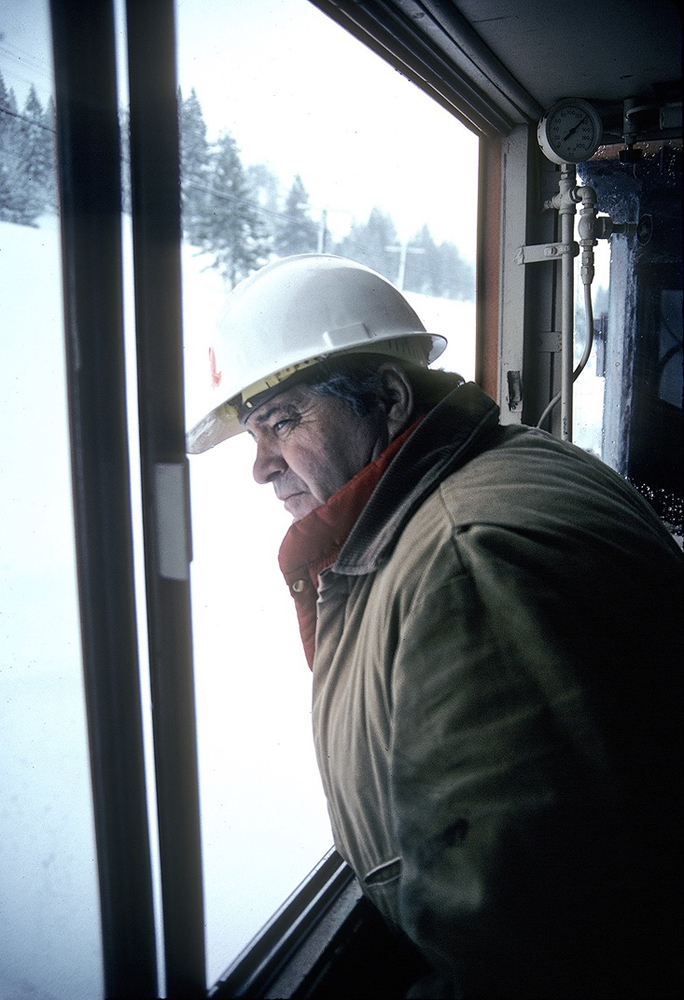




I saw an auto injury suit recently that listed literally DOZENS of POTENTIAL law violations (texting, DUI, failure to stop for a traffic light, failure to stop for a Stop sign, etc.), of which nearly none occurred (the driver used hands-free calling, it was at a Yield sign) and was simply a case of the other car was in a blind spot.
The idea is that if only ONE of the listed items is valid, you can be guilty. It’s a case of legally throwing whatever can be found against the wall, and seeing if any will stick.
It’s professional laziness.
I’m surprised to hear that Amtrak allows more passengers on a train than there are spaces in the reservation system! About 15-20 years ago, I was on Amtrak’s “California Zephyr” connecting in Sacramento to their Thruway bus up to Redding. Due to terrible U.P. dispatching, we were stuck behind a freight for miles on the directional paired track across Nevada. So I missed my bus connection, as well as a later bus. Arrived SAC in time to catch the “Coast Starlight” up to Redding, a chance to ride the train instead of a bus! I asked the Sacramento ticket agent to sell me a ticket on the sold-out “Starlight,” offering to sit in the Lounge car for the 3-hour trip, but she said she couldn’t do it. (To Amtrak’s credit, they put up all the missed-connection passengers for the night in SAC).
By way of comparison. . . . We recently rode a number of trains in Scotland, with most of the seating unreserved. On one over-sold train, some unlucky passengers were standing in the vestibules, sitting on the luggage and bicycle racks, and literally sitting in the aisles. There was a mobile cart (they call it a trolley) supposed to be providing food service, but they were in the front of the other car (a two-car train) and never made it back to our car, apparently because of the obstacles. I made one walking trip to the front, and it was an obstacle course not to be attempted twice. A number of years ago, my family encountered a similar situation in Austria, among the unlucky ones that time. Two of us sat on our luggage in the vestibule, and two of us sat on jump seats. So much for comfortable European trains!
Deja vu all over again. Pre-Amtrak, tickets on many trains were for “transportation”. Meaning, you get a seat if available, otherwise you stand in the aisle.
Stood on a couple of trains on the New Haven Railroad, New York City to Route 128 Massachusetts (or vice versa). Each station stop, musical chairs as people got off, standees scrambled for seats. Of course, elderly and ladies first, male college students like me, well, keep standing.
Everybody starts grabbing for the lawyers when something like this happens, not for justice but for money. The lawyers are more than happy to take such cases suing deep pockets for their own profit.
You have to acknowledge that commercials for these types of attorneys repeat early and often on television. You can’t drive through any metro area and not see a billboard for “Hurt? Call us!”
So at this point its not really lawyers pouncing on the money, its the people involved. And there is nothing wrong with lawyers earning a living. Many trial lawyers work on contingency only. Witness commercials for mesothelioma.
If you live long enough, history repeats itself.
Years ago in California a Santa Fe passenger train just left the station and accelerated as it rounded a curve. Ahead of the train was a crossing with lights. Approaching the crossing were two dump trucks. The drivers saw the train and sped up. The first truck cleared the crossing. The second was t-boned by the covered wagon. The first part of the train derailed and the truck driver was killed instantly. The cab of the locomotive filled up with sand from the truck.
Fortunately, the engineer and fireman only sustained minor injuries.
As in that case and the present accident, the main cause was the driver of the truck who was trying to beat the train.
But we got ambulance chasing lawyers who are looking to take advantage of grieving people.
As an engineer I have seen many people cheat death in front of me.
To Eric’s comment about the train couldn’t be crowded because every seat and sleeper is reserved. You forget that Amtrak recently has been run by airline people and has implemented airline style policies. One of which includes OVERSELLING trains. Ask any train crew and they’ll tell you of having to seat people in the lounge or diner. Rumor on the rails is that Amtrak now does this, like the airlines, on the theory a certain percentage will cancel or no show for the train. But it doesn’t happen. Remember you are not assigned a seat in coach when you book a reservation. Just a ticket to ride is all you’re getting.
This happened to a group I was travelling with in March on the NEC Acela Express. On the way to NYC some of our passengers were assigned seats that were also assigned to other passengers. When the conductor tried to research who were the valid seat holders the computer indicated that the manifest number for these 3 passengers did not exist even though the paper ticket said it did. No problem though because the train was not sold out on a Wednesday afternoon and there were seats available. Different story on the way back. Same situation but on Sunday the Acela was sold out so our people had to ride with our tour leaders on stools in the cafe car most of the way back to Boston.
It’s not just railroad crossing signals, it’s railroad pre-empts for adjacent highway traffic signals (state, county or local roads). That I know of, in my state (Wisconsin) the state highway department keeps eyes on pre-empts. Can’t say if that’s an advisory role (for local and country traffic signals) or something stronger than advisory.
A pre-empt, as most of you know, switches the green indication to the road which crosses the railroad, when a train approaches. This is to help clear vehicles that might be on or near the tracks
Charles, that might apply in a suburban situation, but this was a rural crossing. I don’t think there was a traffic signal anywhere near-by.
Understood. I was making a more generic comment as people have posted on which entity is responsible for crossing signals.
Lawyers will say anything if they smell a buck or two.
But, with 4 people dead and many injured, the amount of insurance coverage available to the injured parties will be small compared to the loses. The lawyers will get most of it.
No doubt the truck caused the whole situation and engine tapes will probably confirm the engineer blowing for the crossing.
“The lawyers will get most of it.”
Depending on the law firm involved, 30-40% is the norm for bodily injury types of claims.
The only responsible party in this accident is the truck driver. Which was trespassing on railroad property when he failed to “see” the 89mph train coming. We had virtually the same situation when the train carrying all those Republican politicians to Wintergreen hit the trash truck in central Va. Drivers are paid by the load and expected to be on time, and often take risks to do that. Sometimes their luck runs out.
1. In what way was the train overcrowded? Did people have to stand, because there were no seats.
2. I have read that the locality is responsible to put up the crossing gates, but the BNSF spokesperson talks as if BNSF would have put up the gates. Who really puts up the gates?
3. Why is the railroad being sued over the design of the crossing? It didn’t put a road there.
Unless immediately around a holiday like Christmas or Thanksgiving, are Amtrak trains ever crowded?
1. There is every seat taken, and there is standing room only, which I don’t think AMTRAK allows.
2. Now, there are “crowded” trains (but everyone seated) when AMTRAK elects to run car(s) that they refuse to allow passengers to use.
The laws/rules in Missouri may be different but two states over (Indiana), either railroad crews or railroad-hired contractors physically install the flashers/gates and related systems, but it’s the Indiana DOT that 1) determines which crossings get new or renewed warning systems each year and 2) provides the funding. INDOT determines which grade crossings get protection based on a scoring formula including traffic density, site lines and other safety factors. So – and again, Missouri may be different – the railroads install warning systems based on INDOT choice & funding, and are responsible to maintain them moving forward.
As for the “overcrowding” on the Chief comment, that’s just stupid. It’s lawyers trying to paint a picture of chaos and irresponsibility with drama instead of facts. Every coach seat and bedroom in that train is reserved, so the Chief could’ve been sold out, but not “overcrowded.”
Since the crossing protection would be intertwined with BNSF’s signals, BNSF would put up the gates and flashers. Who pays for it? That’s usually shared between the RR and the Highway Dept.